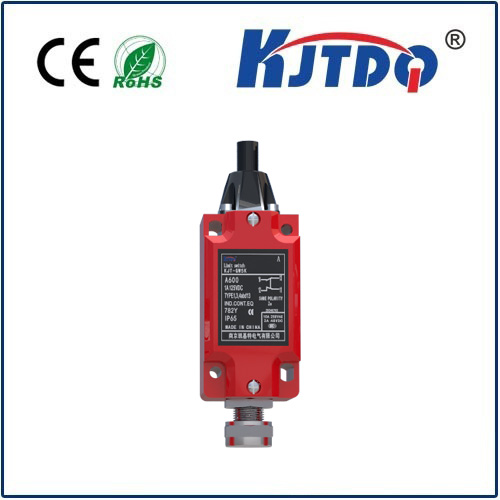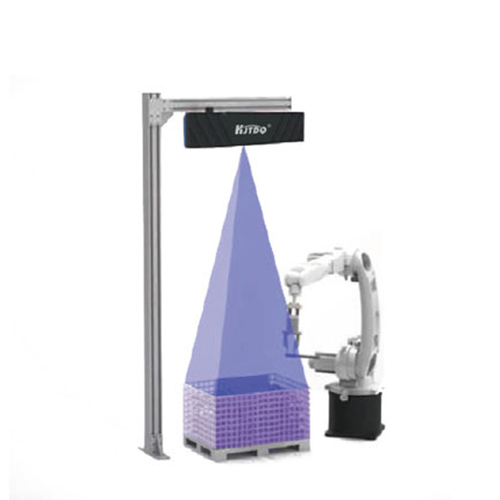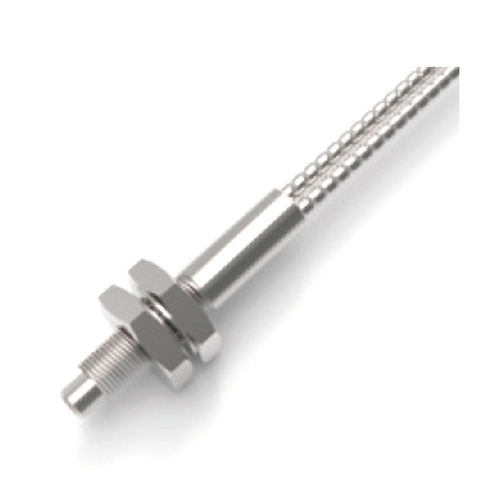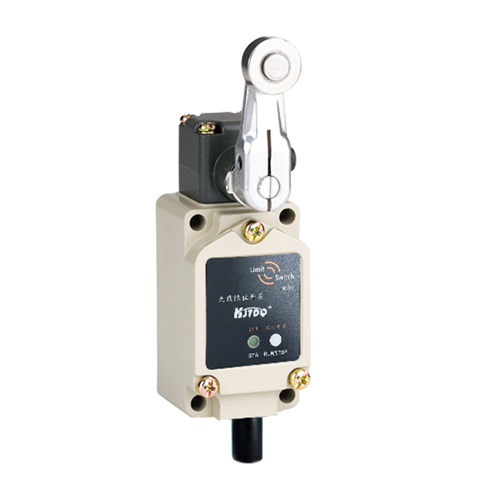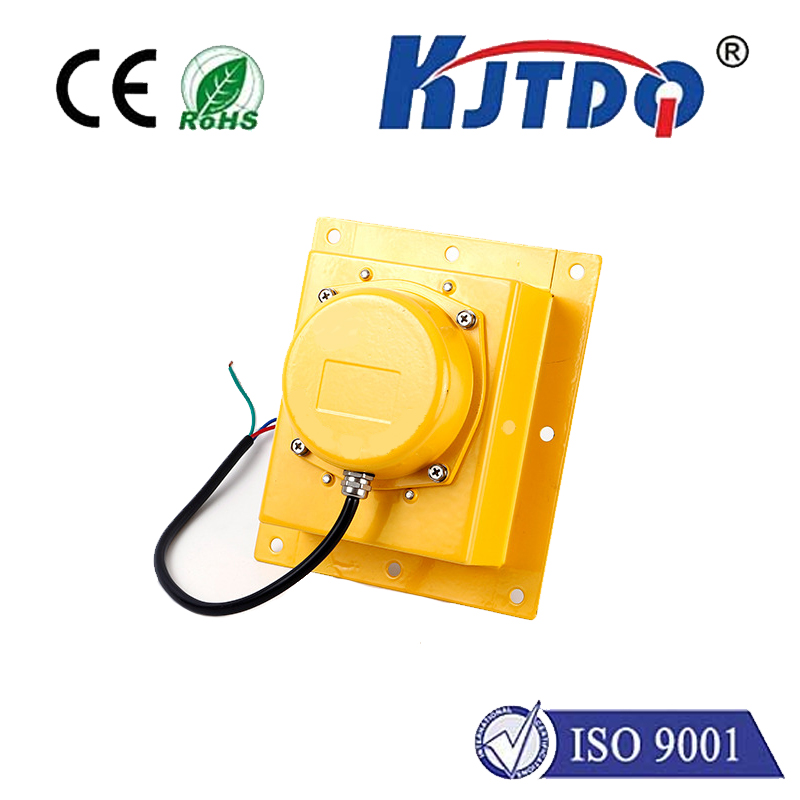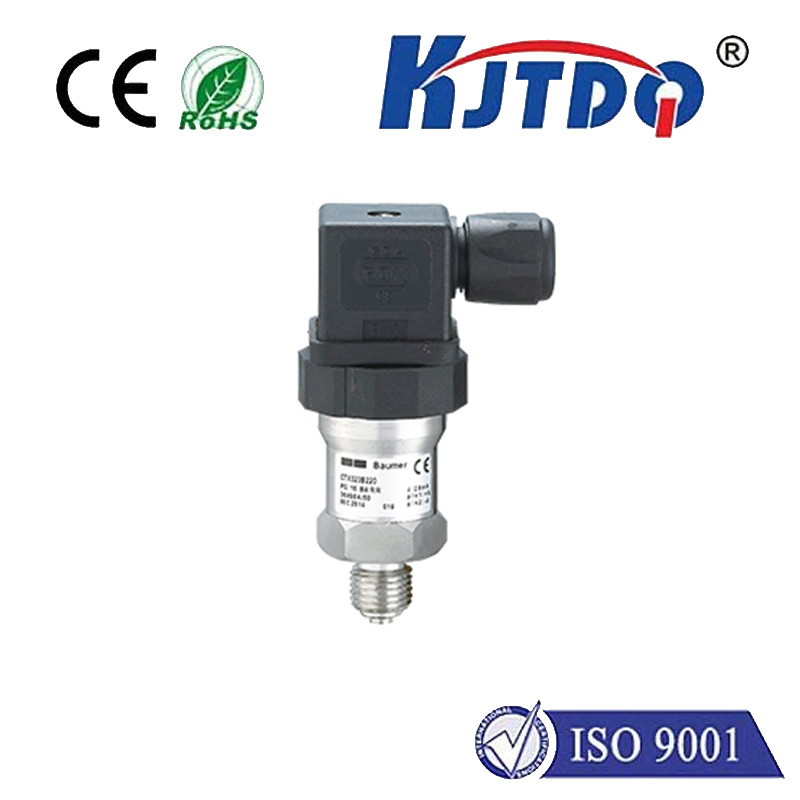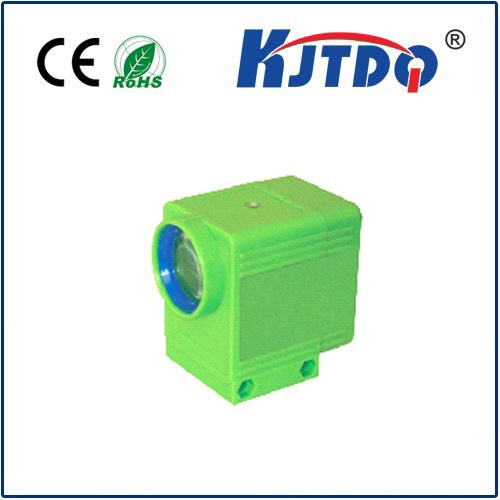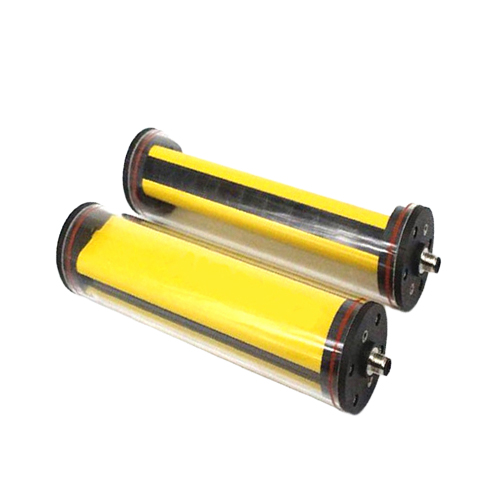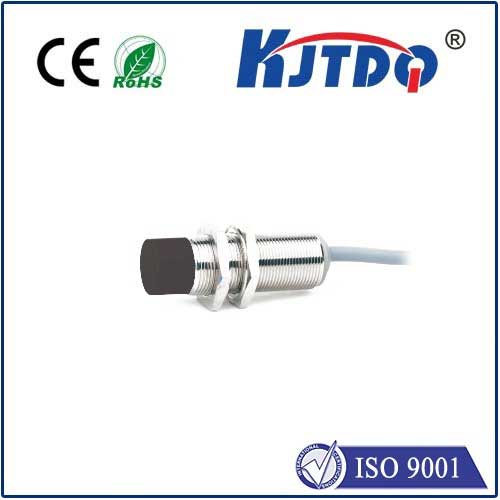

check

check

check

check

check

check

check

check

check

check
Limit Switch: The Versatile Component for Your 24V Systems
The humble limit switch plays a pivotal role in modern machinery and electronics, often acting as the sentinel that signals when a mechanical part has reached its intended position. Among the myriad of choices available, the 24V limit switch stands out for its compatibility with a range of devices that operate on a 24V DC current – making it an essential component for designers and maintenance professionals alike.
## What is a 24V Limit Switch?
A limit switch is a type of sensor that detects the presence or absence of an object, typically using a mechanical arm or lever. When voltage is applied, these switches are designed to make or break an electrical circuit upon actuation. A 24V limit switch, as implied by its name, functions optimally with a direct current (DC) voltage input of 24 volts. This specification makes it ideal for use in environments where this voltage level is standard, avoiding the need for additional voltage conversion mechanisms.
## Characteristics and Benefits

The 24V limit switch boasts several features that contribute to its popularity among engineers and technologists. For starters, it comes in various forms, including basic models such as the Schmersal's ZS 236-11Z – a waterproof switch encased in thermoplastic that assures durability even under harsh conditions . Furthermore, there are mini limit switches like the DL (AZD1) series, which offer not only compactness but also high reliability due to their precise contact mechanism.
One of the significant benefits of using a 24V limit switch is its safety aspect. These switches can detect micrometer changes in position, ensuring precision controls that prevent machinery mishaps. Their robust construction ensures longevity even in high-pressure applications. Moreover, they provide a cost-effective solution for machine automation, requiring minimal power to operate effectively while delivering reliable performance across diverse industries.
## Application Scenarios
The applications for 24V limit switches are vast and varied. In industrial settings, they might be found monitoring conveyor belt positions, ensuring doors or safety barriers are correctly opened or closed, or serving as critical checkpoints in automated assembly lines. For instance, in robotics, these switches can signal the exact moment a robotic arm has reached its programming endpoint, thus safeguarding against potential crashes or malfunctions.
In the realm of HVAC systems, the 24V limit switch can regulate the opening and closing of dampers, maintaining optimal temperatures and airflow. They’re equally at home in commercial refrigeration units, where they help monitor door seal integrity, preventing energy losses and maintaining cool chain standards.
## Installation and Maintenance
Installing a 24V limit switch is generally straightforward. It involves connecting the appropriate wires to the designated terminals and securing the switch in a location where it can interact with the mechanical component it is meant to monitor. However, careful consideration should be given to the actuation angle and distance to ensure accurate operation.
Maintenance is minimal for well-manufactured switches. Still, regular visual inspections for signs of wear or damage, along with periodic tests of the switch functionality, are recommended to prevent unexpected failures.
In conclusion, the 24V limit switch epitomizes a blend of simplicity, versatility, and reliability. Whether ensuring the smooth operation of manufacturing equipment or providing much-needed safety measures in automated systems, these components continue to serve as silent guardians in countless electrical and mechanical applications. As technology evolves, so too will the innovation surrounding limit switches, further embedding them as essential components in the ever-expanding landscape of electromechanical systems.
